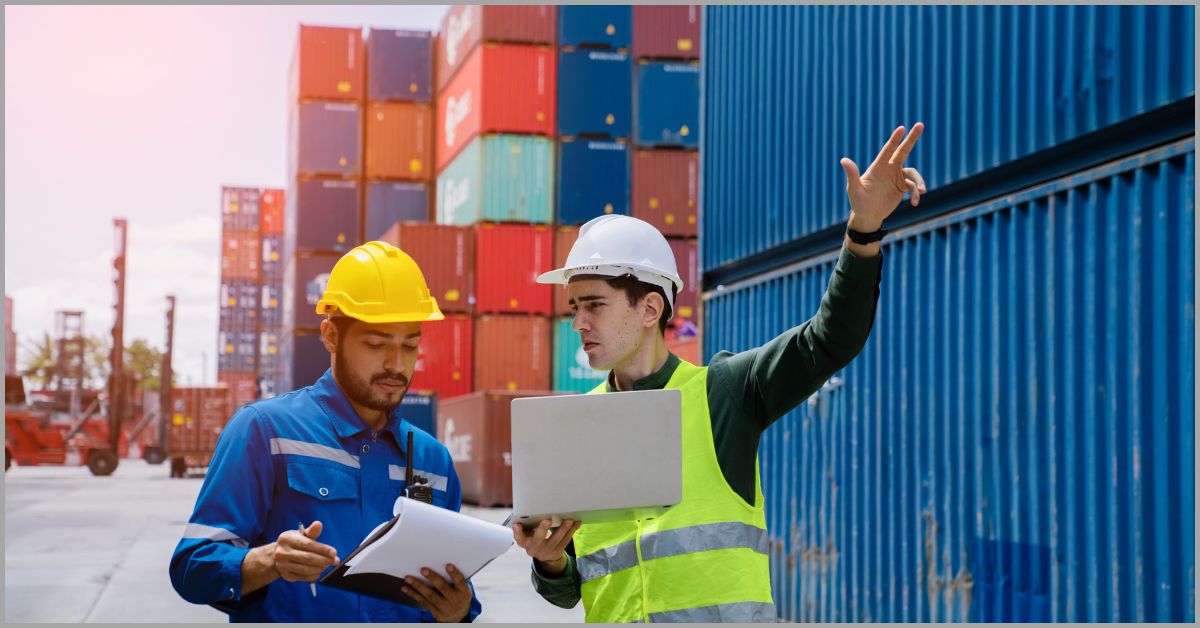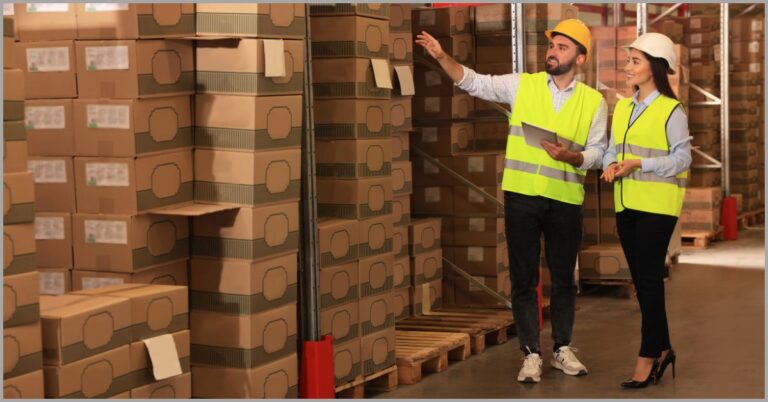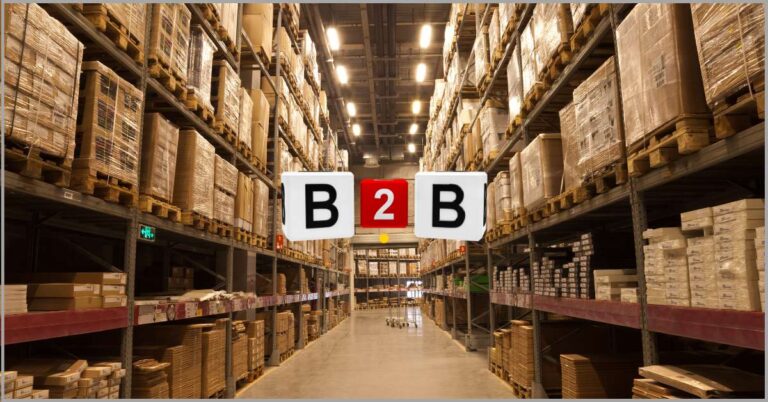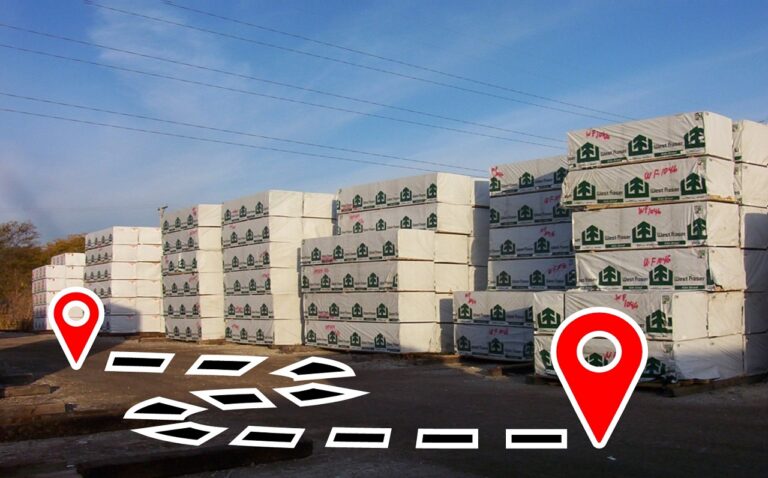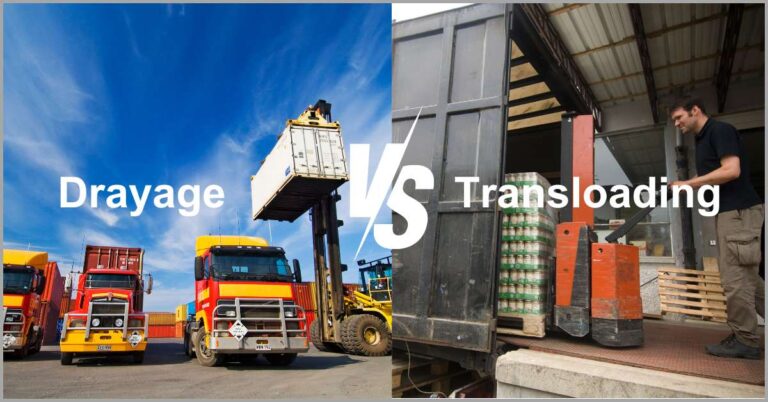10 Key Features of a Great Transloading Software to Consider in 2024
What makes a great transloading software?
If you are just getting started, you’ll agree that running a transloading business can feel like navigating a complex maze—be it handling rail cars, warehouses or even shipping containers.
Oftentimes you have to juggle logistics, manage inventory, and ensure timely deliveries.
So choosing the right transloading software is very important if you want to streamline your operations, while boosting your growth and efficiency.
However, how do you determine the features that will actually help you tackle the unique challenges your transloading business faces?
In this article, we’ll look at ten key features of a transloading software to consider that will actually help you transform your business.
From real-time tracking capabilities to user-friendly interfaces, having these features in your software will enable you to improve your operations, workflows, enhance communication, and ultimately boost your bottom line.
I hope this guide helps you in your search for a software solution that’ll drive your success in the competitive transloading industry.
Let’s get started.
1. Customizable BoL templates
Do you create bill of lading forms from scratch?
While a Bill of Lading (BoL) document may be a simple form you create in minutes, this task gets increasingly difficult when you’re managing huge transloading operations. In such cases, the burden of creating BoL forms causes a massive productivity loss.
What’s more, if creating BoL documents is a largely manual and paper-based process, it attracts various additional costs for your transloading business.
A study by McKinsey revealed that 40% of containerized trade interactions are heavily paper-based and manual. They discovered that many businesses still use paper BoL documents, which raised their cost of doing business.
From the labor needed to process these files to the paperwork involved, these expenses were significant and required transloaders to increase operational costs.
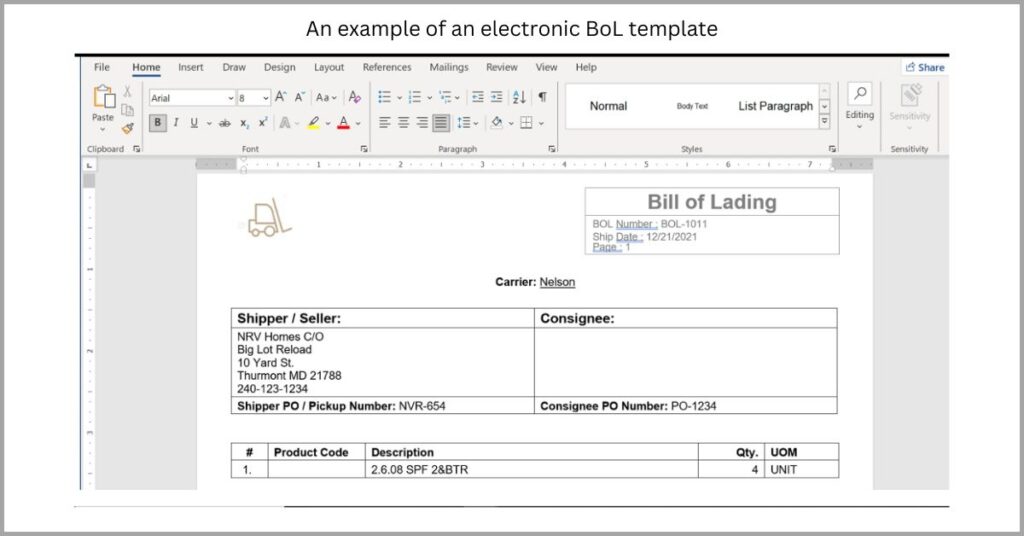
This is why it’s important that you go with a tool that offers BOL templates and also provides other vital transloading management services like helping to customize BoL templates to meet your business’s specific needs.
In this guide of features of a transloading software in 2024, customizable bill of lading templates are very important. They can pre-populate the form with important details like the name of the shipper, shipping address, and a description of the shipment.
This reduces manual data entry to help you create more accurate BoL documents.
With an electronic bill of lading, you can also reduce paperwork to save time and money. These types of documents are also easier to cancel and reissue, thereby helping you to streamline your operations.
2. Mobile accessibility
Does it provide mobile access features?
Many transloading software tether your operations to a device and your office location. They largely operate via a desktop application, and this greatly hinders your ability to coordinate operations between your back office and field crew.
Therefore, the lack of mobile access to your transloading operations can massively hinder collaboration and even lower productivity for your yard.
An M-Files survey revealed that 83% of workers want remote access to their company’s filing systems and technologies to work on the go. However, only half of this number are able to do so which shows that many business software is not accessible on mobile.
This emphasizes the need for mobile-friendly transloading software that can help improve teamwork for your facility.
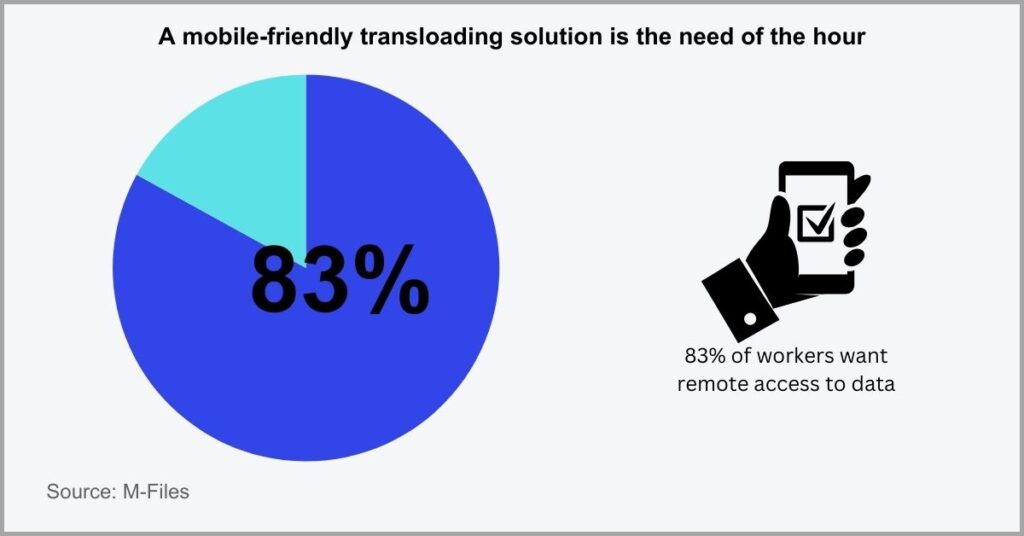
You can use transloading software on mobile with a great solution like transloads.co. Our software is compatible with Android and iOS operating systems, allowing you to get important data and logistics at your fingertips to work conveniently in the field.
This mobile app comes with an electronic tally sheet, a simple tool that lets you record logistics as you examine assets while moving around your depot or yard.
In addition, you also get an electronic pick list as well within the app.
This enables you to digitally tick off items from your list as you load or unload goods, which helps accelerate the order fulfillment process. So it can help you gather items for transportation more efficiently while reducing the risk of human error.
3. Container analytics
Container analytics are key for compliance and safety.
For instance, if you misdeclare a container’s weight or its content and the authorities find this error, it can result in hefty fines for your business. That’s also in addition to administrative fees that shipping partners may charge you for this misdeclaration.
Beyond compliance headaches, containers with misdeclared weights increase the risk of container damage and injury to personnel who handle them.
The University of Wellington established that 20% of containers shipped annually have inaccurately declared weights. And this was by no means referring to small oversights, given that some of these containers exceeded their declared weight by three tons.
It’s therefore important to have great container analytics that can help you declare weights and other container details more accurately.
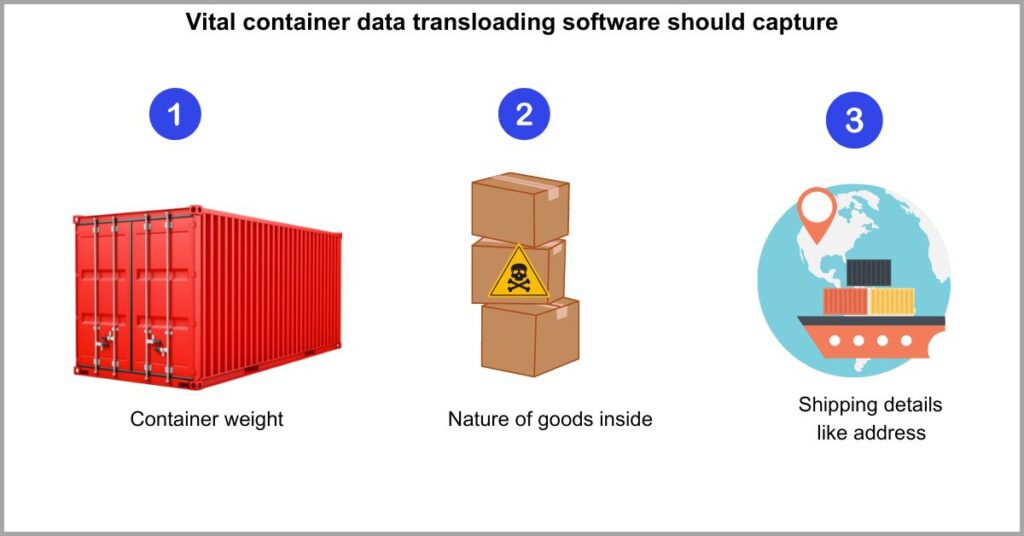
So what container analytics should you prioritize?
One sign of a great transloading platform is that it gives you very intricate weight details.
For instance, it may capture important weight dynamics such as the tare, laden, net, and gross weight of the container. This data can help you comply with weight regulations in the jurisdictions that your cargo passes through to avoid penalties.
Beyond weight, you also want to be able to track the content of containers to help create more accurate cargo descriptions & use the right codes for dangerous goods.
This will help ensure that any partners in the supply chain handle dangerous cargo with the appropriate safety precautions needed to reduce the risk of fire and other safety hazards during transportation.
4. Demurrage clock
How do you track rail demurrage?
If you run a transload yard with rail tracks in your facility, manually tracking stays for railcars can be highly inefficient. You can easily lose track of when railcars were placed on the rail, creating a risk of holding onto rail cars past their free time.
With poor rail demurrage tracking, you may face detention charges and also experience shipping delays that decrease customer satisfaction.
Companies incurred 664 dollars on average in terms of demurrage and detention costs in 2022, according to a study by Container xChange. If you factor in all the affected containers, the losses can quickly multiply, causing huge revenue bumps.
While this arose from various issues, the primary instigator behind this problem was the inability to effectively monitor demurrage.
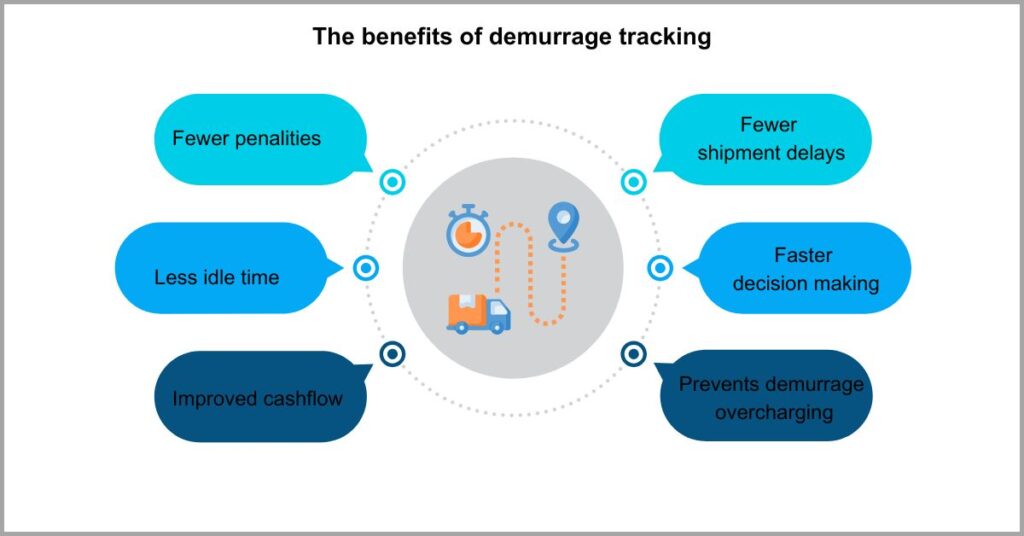
Therefore, I believe one of the best features of transloading software is a demurrage clock. This lets you monitor the number of free days your rail cars have left to help you ensure that you don’t exceed the free time of use.
With proper demurrage and detention tracking, you can ensure that rail cars are sent back on time to avoid penalties and fines and keep your operations profitable.
But that’s not all a demurrage clock is good for.
With independent records of railcars’ arrival and departure times, you also have important records that can help you dispute demurrage charges with the rail company.
So this feature helps you to confirm that demurrage and detention costs are fairly calculated in case railcars exceed their free time to avoid overcharges.
5. Inventory tracking
Do you perform frequent inventory audits?
Inspecting goods when cargo arrives at your facility is important, yet carrying it out is not always a walk in the park. That’s because you may need to reconcile information from multiple sources, which also increases the risk of human error.
Moreover, it’s hard to identify shrinkage from product damage, vendor fraud & employee theft if you manually track your inventory and lack real-time insights.
It is the case today that 65% of inventory records have some sort of discrepancy according to a ResearchGate study. Most of these errors resulted from businesses manually tracking the status of their inventory.
This also greatly hampered inventory tracking because the information wasn’t readily available in real-time as it was hidden in paper forms.
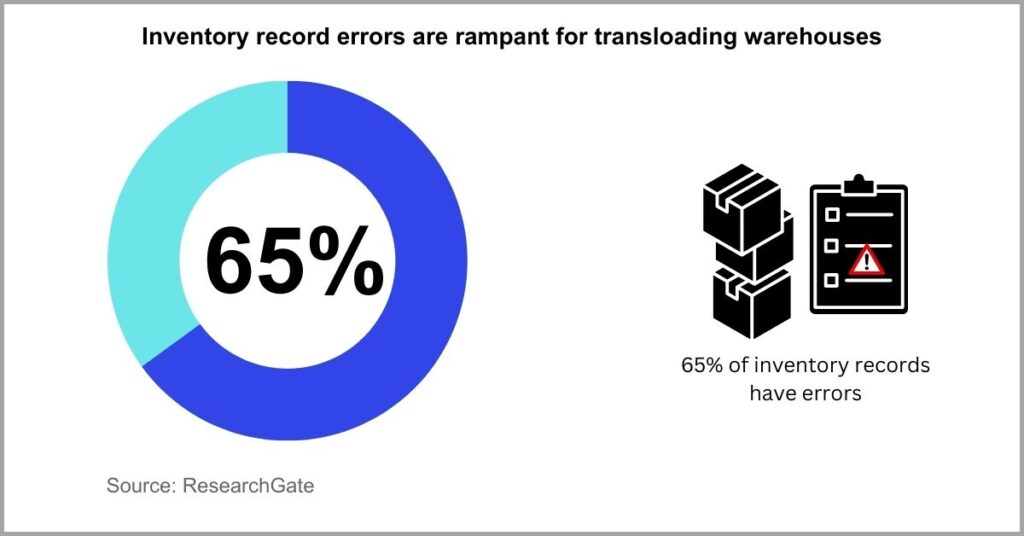
You need excellent transloading software features like inventory tracking and audits. This enables you to efficiently manage inventory not just in your containers but also in your yard and rail cars more effectively to run your operations smoothly.
Within this feature, you should also look for tools that give you 3D vertical depictions of your container depot like transloads.co, which enables you to check the status of your inventory remotely and increase efficiency.
It should also automatically tack important inventory data for you like inventory weights and create automated audit logs for easier invoice processing.
But that’s not all.
It should also let you view inventory activity timelines, reconcile quantities, and generate automatic inventory audit reports to further improve your productivity.
6. Cloud-based computing
IT costs can quickly shoot through the roof.
As your business grows, so does the technology stack you need to support your operations. This, in turn, necessitates the need for more IT personnel and equipment, which only inflates your IT burden and expenses to undermine profits.
When your business spends too much time and money on its IT infrastructure, this may happen at the expense of business growth and productivity.
In 2024, up to 64% of companies increased their IT budget, according to a study by Spiceworks. Upon further analysis, they determined that these businesses were forced to do so to match their growing needs.
This statistic shows that on-premise technologies can leave a sizable dent on revenue, and it proves the need for cloud-based transloading tools.
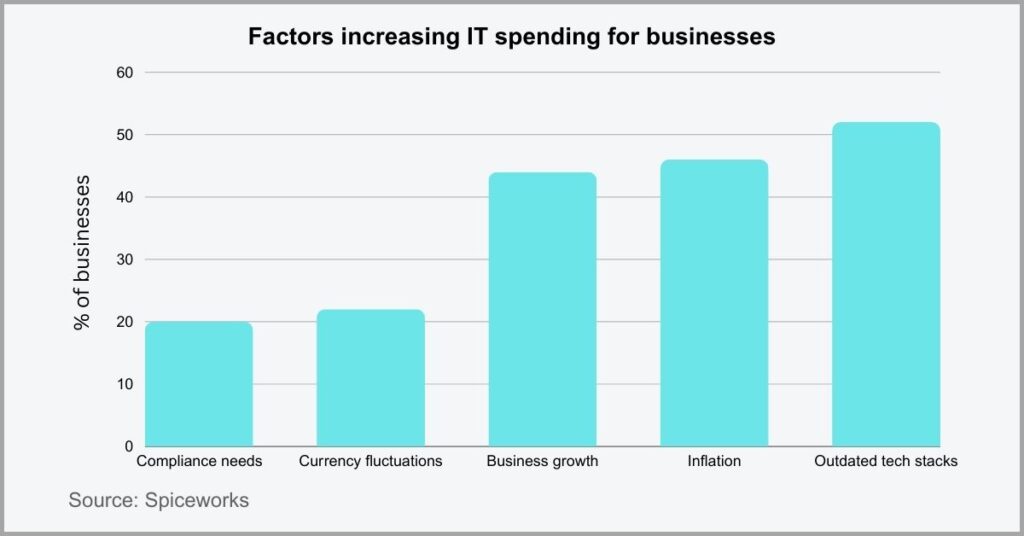
So how does cloud-based tech help your business?
One of the key features of transloading software like transload.co is reliable cloud computing, which helps you to completely do away with your IT expenses.
You can rely on our platform’s cloud architecture with great scalability to take care of storage, hosting, and other IT needs of your business so you can focus on growth.
Click here to book your free demo to learn more about how we can save you money.
With our solution, you get high availability that keeps you connected to your information to ensure fewer workflow disruptions. This is in addition to automatic data backups that help you improve your business’s resilience by enabling speedy disaster recovery.
7. Automated PoD emails
Proof of delivery emails are very important.
They prove that you’ve successfully fulfilled clients’ orders. That said, manually sending out PoD messages entails a lot of iterative work, such as drafting the emails from scratch and attaching supporting paperwork to prove the delivery.
Yet, without PoD emails, you open yourself up to many business risks, including incidents of package theft and delivery-related disputes with your customers.
A survey by Security.org revealed that 44% of consumers have had their packages stolen at one point. In many instances, the lack of detailed delivery analytics enabled employee theft to go undetected for far too long.
This proves the need for you to implement foolproof PoD systems that help reduce package theft and false claims from customers.
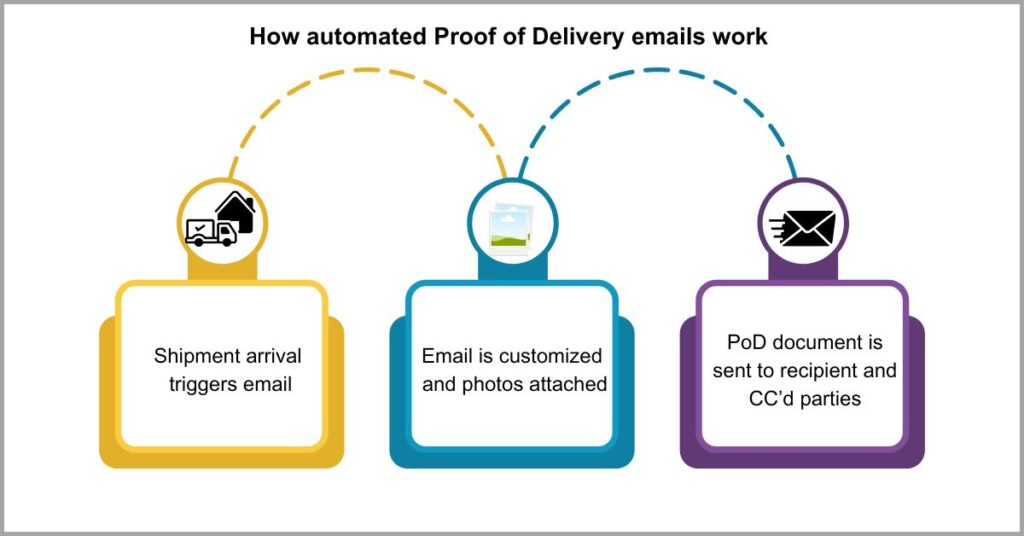
So how do automated PoD emails work?
Well, you can schedule these confirmation of delivery messages to go out on their own once a customer receives their goods. This feature will tie in with real-time shipment tracking to ensure emails go out at appropriate times.
It should also let you attach photos such as an image of the delivered container to help you provide concrete evidence of the delivery.
So I recommend prioritizing platforms with automated PoD emails, because of how they can help you optimize your operations and increase efficiency.
Beyond that, such a tool will also increase the accuracy of your PoD emails by automating data capture. Ultimately, this will go a long way to improving customer satisfaction and encouraging repeat business.
8. QR or Barcode scanner
Do you reconcile inventory with a pen and paper?
Manual data entry is far from ideal since it comes with very many risks. For example, there’s room to make mistakes while it can be tedious given the constant movement of goods in your yard.
When you’re dependent on manual operations, this can lead to slow down inventory management, which in turn delays loading and unloading operations.
A study by FourKites revealed that the top challenge for 41% of yards is manual operations like data entry, followed closely by difficulty locating inventory. This shows just how much of a struggle inventory tracking is, especially if don’t have a proper document management solution in place to streamline your workflows.
Therefore, a QR or barcode scanner is an important feature of a transloading software that can help you eliminate manual inventory processing.
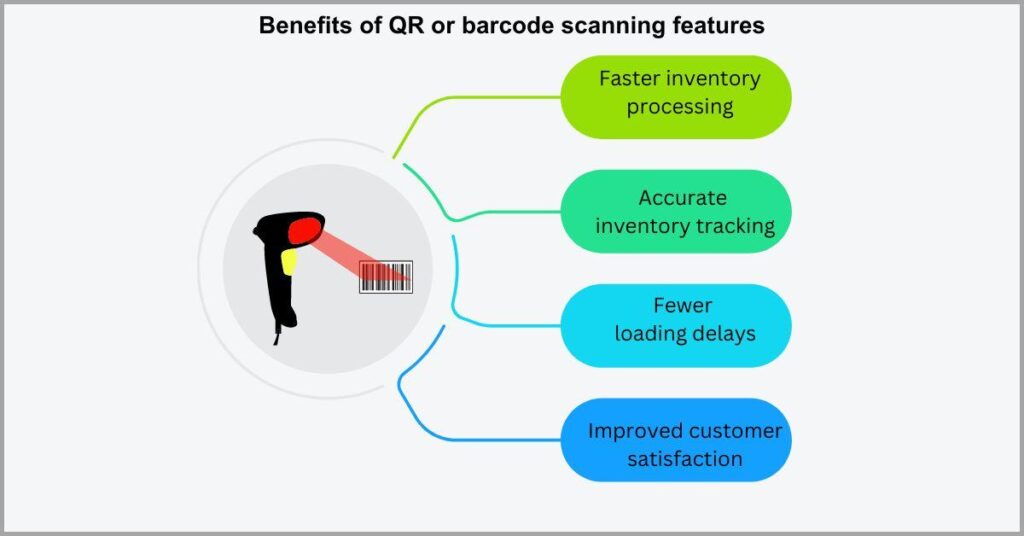
Whereas you can easily misenter information about your inventory with conventional methods, this technology reads the encoded information accurately. It reveals shipment details with little room for error thus improving inventory accuracy.
What’s more, it provides faster inventory processing than manual methods, ensuring that you can improve yard management by getting to loading operations faster.
And the faster you can get through loading and unloading tasks, the sooner your customers can receive their shipments. As a result, this feature can also play a significant role in helping to increase customer satisfaction and raise brand reputation.
But there’s more that it brings to the table.
Barcode scanning technology can also come in handy for seal validation, helping your transloading business to quickly and reliably verify the integrity of seals and their cargo.
9. Automated dock scheduling
How long do your drivers wait during drop-offs?
If you track and manage docks manually, you may not optimally allocate them. This can lead to scheduling conflicts due to docking inaccuracies, while it may also result in an increase in driver dwell time for your transloading warehouse.
When your dwell times are too long, your assets, including drivers and trucks, spend more time waiting and less direct time on revenue-driving activities.
In fact, 90% of commercial vehicles have a dwell time of about 30 minutes, as per a study by Urban Freight Lab. While this may seem small, the cumulative dwell times across transport nodes quickly turn into hours.
This is why it’s important to consider a tool with automated dock scheduling to help reduce dwell times.
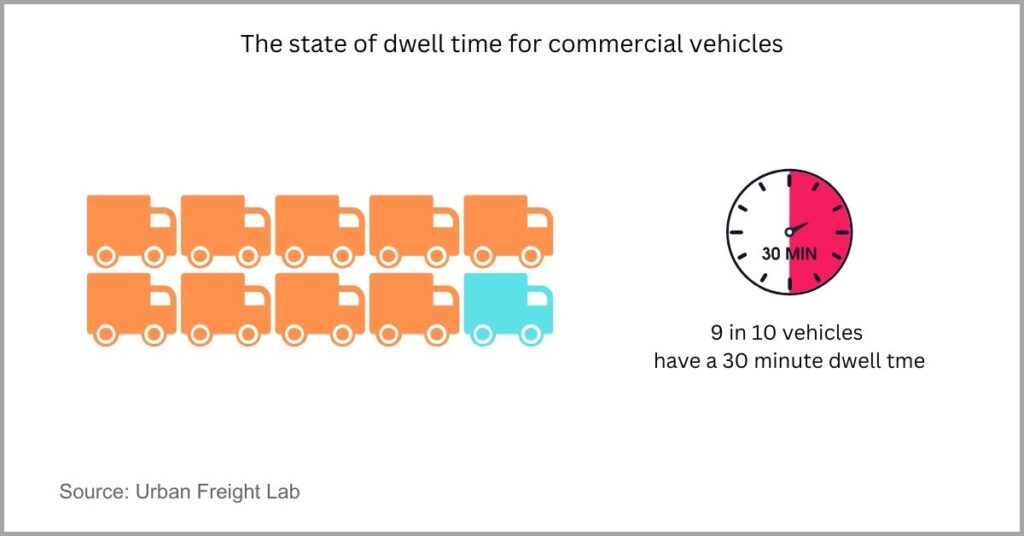
But what does automated dock scheduling entail?
Such a system automatically monitors dock usage and gives you the status of these docks in real time on your phone for mobile yard management so that you can coordinate resources better.
For example, it lets you assign available docks optimally and prevent more trucks from arriving than you’re able to handle at the moment. This reduces the risk of idle trucks and reduces congestion in your transload yard.
In addition, automatic dock scheduling is one of the most important features of transloading software because it also saves you money.
You can lower driver expenses by decreasing idle times and improving trailer utilization to increase your transloading warehouse’s throughput and profitability. This means more direct work hours and therefore higher profit margins.
10. Electronic invoice automation
Manual invoice handling paves room for error.
Data entry mistakes can easily permeate to the final draft, and you may be left staring at inaccurate invoices. With a manual system, you can also easily duplicate invoices while the paper record can easily be altered, thereby increasing the risk of fraud.
So a manual and paper-based invoicing strategy can lead to invoice errors that may result in accidental overcharges and even delayed payments.
It’s quite alarming to note that 40% of all invoices contain errors, according to a survey by the IOFM. Some of the most common invoicing errors that they discovered related to data entry mistakes such as inaccurate, duplicate and missing entries.
Therefore, I believe e-invoice automation is one of the top features of transloading software in 2024.
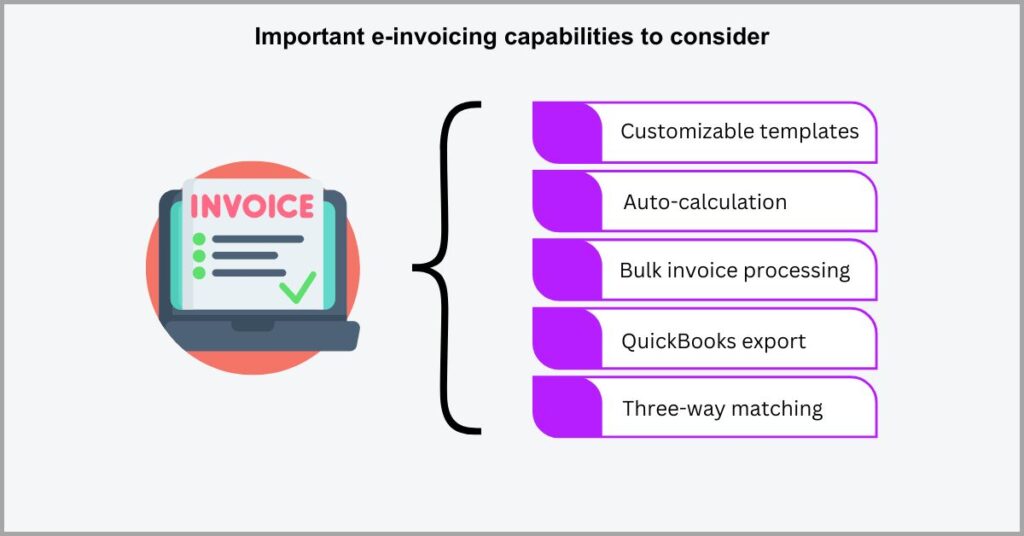
You should go for software that has easily customizable invoices so that you don’t have to create an e-invoice from scratch every time. What’s more, prioritize solutions that come with bulk invoice handling features to help reduce your workload.
A great platform should also let you add incidental charges and customer services for more accurate billing for each customer.
If you rely on accounting solutions like QuickBooks to balance your books, your transloading software should accommodate this as well. It should enable you to quickly export to QuickBooks to avoid strenuous and time-intensive manual data entry.
On top of that, I also recommend auto-calculation features that let you set rates for indoor and outside handling to further streamline invoicing & improve productivity.
Conclusion
Missing deadlines can cost you big time.
Without a great transloading tool, it’s difficult to track outgoing and inbound shipments and coordinate assets effectively.
As a result, your transloading business may experience late shipment deliveries, which erodes trust and increases customer attrition, leading to revenue loss.
In 2022, only 40.5% of shipments arrived on time, according to a Statista survey. In other words, most consumers received their shipments late.
This is why it’s important to understand what features of transloading software matter most, so you can get a platform to help you make timely deliveries. In particular, I recommend transloads.co for its advanced inbound and outbound shipment tracking.
Click here to start your free Transloads trial and automate transportation logistics to improve your productivity.
With our platform, you can enhance the efficiency of your transloading business and accelerate order fulfillment to boost customer satisfaction and loyalty.

